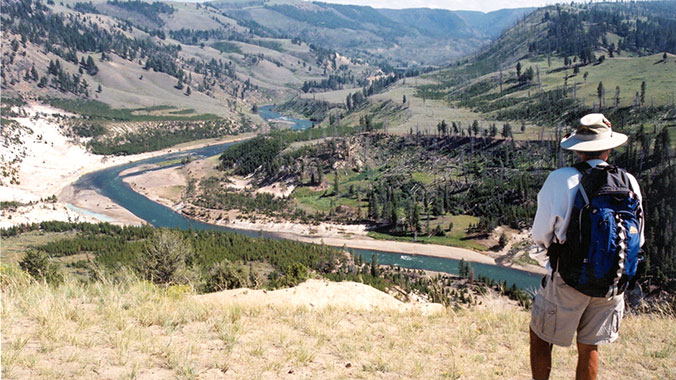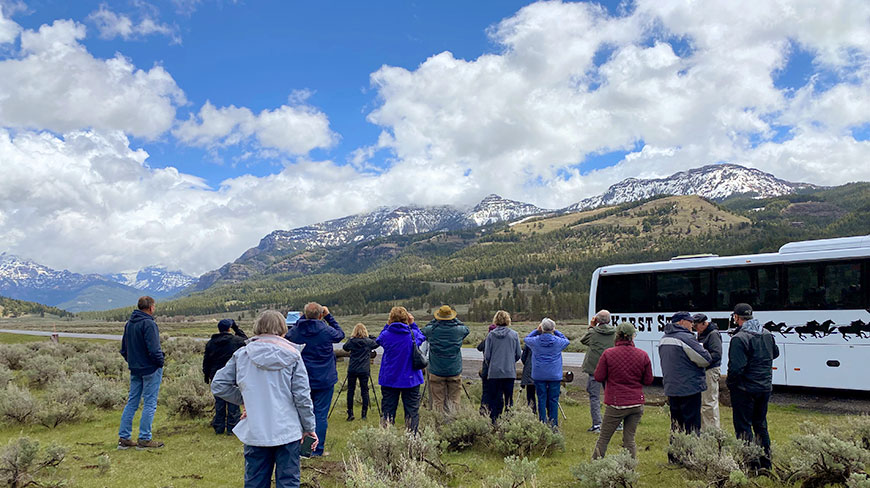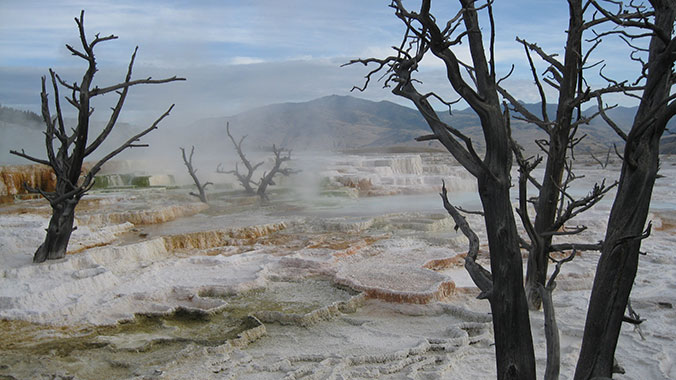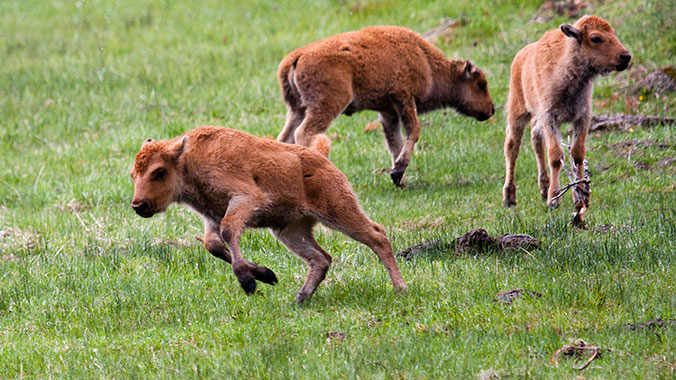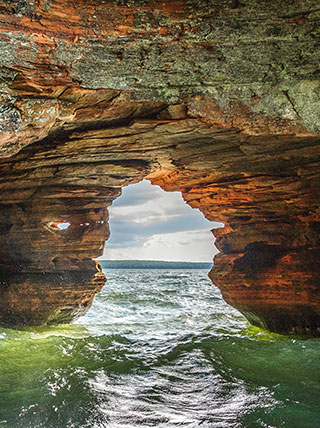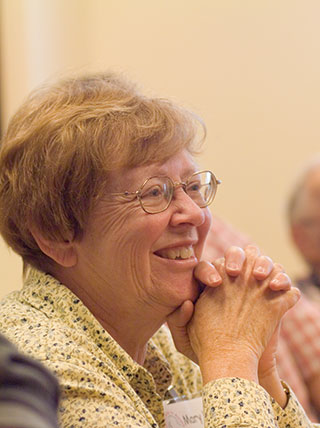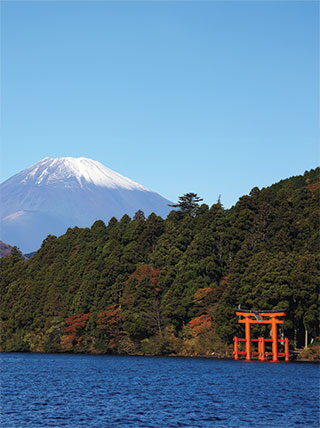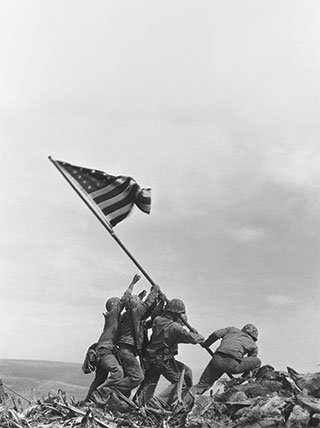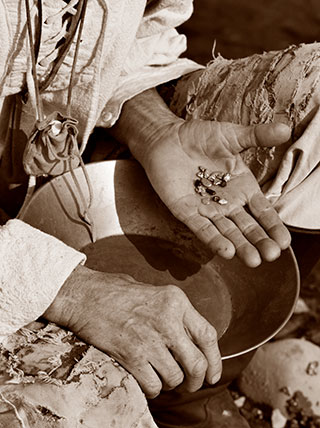
Yellowstone Safari: Journey Through a Dramatic Landscape
Enroll with Confidence
We want your Road Scholar learning adventure to be something to look forward to—not worry about. Learn more
Protecting the Environment
We offset a portion of the emissions created by your travel. Learn more
At a Glance

What You'll Learn
- Safari through Yellowstone and watch the unfolding drama of the season that showcases the park’s grand and wild nature.
- Enjoy four field days in the park to learn about natural history and observe native wildlife.
- Experience Yellowstone's spectacular Northern Range as an expert naturalist provides lessons on the wildlife.

Please note: This expert may not be available for every date of this program.

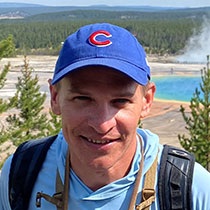



Activity note: Hotel check-in available from 4:00 p.m.
Afternoon: Program Registration is from 4:00-5:00 p.m. After you have your room assignment, check in with your program staff to get your schedule for the week and other important information. Confirm when and where your Orientation session will take place. If you arrive late, please check in with your Instructor and Group Leader to get the program details for the week.
Dinner: In a restaurant adjacent to the hotel.
Evening: Orientation: The Group Leader for this program will greet everyone and will lead your introductions. You will review the program schedule for the week, discuss roles and responsibilities, logistics, safety guidelines, emergency procedures, and will have questions answered. This program will be staffed by both a resident Instructor, who will give lectures and lead field trips, and a Group Leader, who will deal primarily with logistics. “America the Beautiful” passes cover entrance fees at national parks and wildlife refuges for up to 4 adults. If you have one of these national park passes, please bring it with you to the program and on our field trips to benefit other members of the group. Periods in the daily schedule designated as “free time” and “at leisure” offer breaks in the group schedule to give you opportunities to do what you like. Please use these times to relax or enjoy sights and experiences that are not included with your daily schedule. These are periods of time to help make your experience even more meaningful and memorable. Your Instructor and Group Leader can help offer suggestions to occupy these times, should you need assistance. Program activities, schedules, personnel, and travel distances and times may change unexpectedly due to conditions such as weather, wildlife sightings, park construction, etc. In the event of changes, you will be alerted as quickly as possible. Thank you for your understanding. Continue getting to know your fellow Road Scholars, settle in, and get a good night’s rest for the days ahead. Be sure to prepare for check-out and transfer in the morning.
Activity note: Walking about 2 miles total over several walks throughout the day; boardwalks, paved and dirt trails, uneven terrain. Driving approximately 40 miles at low speed limits with stops along the way; about 1.5 hours total spent aboard motorcoach.
Breakfast: Breakfast at the hotel.
Morning: Before checking out of the hotel, your instructor will welcome you to Yellowstone National Park and the week's adventure ahead with a morning presentation on Yellowstone. This presentation offers you a front row seat to the wildlife and geology of Yellowstone as they are enmeshed with each season. A variety of wildlife can be seen during this time of year. The magic of Yellowstone awaits. You will load on to the motorcoach for a mid-morning transfer deeper into our country's first National Park.
Lunch: You will stop in the park for sack lunches.
Afternoon: Continue your safari journey south towards Hayden Valley to the Canyon of the Yellowstone with stops along the way at various sites. Your Instructor will interpret and share with you the exciting scenes out the windows. Hayden Valley, which is known as one of the best locations to view wildlife in Yellowstone, will lead you to Canyon Village. Upon arrival, you will check into the hotel with some time to relax and explore the grounds before dinner.
Dinner: At a restaurant in Canyon Village.
Activity note: Walking about 2 miles total throughout the day; boardwalks, paved and dirt trails with some uneven terrain. Driving approximately 42 miles round trip; about 2 hours total.
Breakfast: Breakfast at a restaurant in Canyon Village.
Morning: You will set out aboard your motorcoach for the Grand Canyon of the Yellowstone. Enjoy onboard commentary by your Instructor. Your study will focus on animal habitat and seasonal adaptations which will including the ecology of local wildlife and plants and the connections they have with the life cycle of animals. Along the way, you will stop intermittently for interpretive walks with your Instructor.
Lunch: You will have a sack lunch during one of the stops along the way.
Afternoon: Your journey will continue on to the Grand Canyon of the Yellowstone for a look at the Upper and Lower Falls and the canyon's beautifully tinted walls. You will go for a walk along the Yellowstone River to observe the unique riparian environment and will have a heart stopping experience where the mighty river roars and plunges straight down 109 feet! Here, the geologic splendor, that is the Grand Canyon of the Yellowstone, offers an ambiance that compliments the wealth of wildlife habitat and the interpretive exploration that you will experience.
Dinner: At a restaurant in Canyon Village.
Activity note: Walking about 2 miles total throughout the day; boardwalks, paved and dirt trails with some uneven terrain. Driving approximately 75 miles at low speed limits with stops along the way; about 3 hours total.
Breakfast: Breakfast at a restaurant in Canyon Village.
Morning: Once you have checked out of the hotel, you will move on to see Old Faithful, the heart of Yellowstone. Upon arrival, you will walk with your Instructor to explore the Upper Geyser Basin. You will see Old Faithful erupt, the Firehole River, as well as a large variety of hot springs, fumaroles, and other geysers.
Lunch: Sack lunches in the park. .
Afternoon: Your instructor will offer commentary on the Great Caldera's violent geologic past as you continue your exploration of the thermal features in the Old Faithful area. Boarding the motorcoach afterwards, you will transfer back to Gardiner, MT where you will check back into the hotel.
Dinner: You will have dinner at a local restaurant in Gardiner, MT.
Activity note: Walking about 2 miles total over several walks throughout the day; boardwalks, dirt trails, uneven terrain. Driving approximately 96 miles roundtrip; about 3.5 hours total.
Breakfast: We will take breakfast to go in order to increase our chances of wildlife encounters in the morning.
Morning: You will board the motorcoach and head east toward the Tower area. Your instructor will offer commentary on the bus and at various stops along the way, discussing Yellowstone's "forests of stone". While there, you will have time to view Tower Falls and Tower Creek's graceful 132-foot plunge among volcanic pinnacles. This area is known for its black bear habitat and while sightings cannot be guaranteed, you'll keep your eyes "peeled" with binoculars handy. You will continue traveling through Lamar Valley and see the beautiful wide-open reaches and rich habitat. The valley offers a wealth of wildlife and diverse vegetation. Your Instructor will talk about the evidence of an ancient flood that scoured the valley. Be ready with your binoculars as you may see pronghorn, elk, bison, meadowlarks, Sandhill Cranes, and perhaps more.
Lunch: Sack lunches in the park
Afternoon: After lunch, you will board the motorcoach and head back through Yellowstone's northern range. This is an expansive valley along the Lamar River. Keep your eyes open for wildlife as you enjoy your instructor’s commentary along the way. This will bring you back to the hotel.
Dinner: In the dining room, adjacent to the hotel, you will enjoy your farewell dinner
Evening: You will join your Instructor in the hotel conference room for the Yellowstone finale wrap-up session to close your week-long adventure. Be sure to prepare for check-out and departures in the morning.
Activity note: Hotel check-out by 11:00 a.m.
Breakfast: At the restaurant adjacent to the hotel.
Morning: We hope you enjoy Road Scholar learning adventures and look forward to having you on rewarding programs in the future. Please join our Facebook page and share photos of your program. Visit us at www.facebook.com/rsadventures. Best wishes for all your journeys!
Recommended For You


